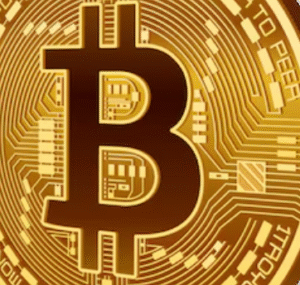$EURUSD $BTC $DAX
#ECB #Inflation #RateCut #Eurozone #InterestRates #EconomicGrowth #MonetaryPolicy #Euro #CentralBank #Tariffs #Forex #GlobalEconomy
The European Central Bank (ECB) appears unfazed by a marginal increase in October’s inflation data, which rose to 2.3% across the Eurozone. Market observers had anticipated a slightly softer figure, but the uptick in inflation seems not to have destabilized the ECB’s core strategy. Monetary policymakers are increasingly focused on broader economic concerns, such as sluggish growth momentum and external risks, rather than solely being dictated by the inflation gauge. In this context, the ECB remains poised to adopt an accommodative approach, with a rate cut widely predicted in its upcoming meeting. The rise in inflation, while breaching the central bank’s target of 2%, reflects temporary factors such as energy costs rather than long-term structural pressures.
Sluggish economic growth within the Eurozone continues to bolster the case for monetary easing, as the ECB’s broader mandate includes supporting growth alongside curbing inflation. Recent data indicates that economic activity, particularly in major economies like Germany and France, remains subdued. Manufacturing sectors have struggled to recover from the contraction triggered by energy market volatility, geopolitical uncertainties, and weak external demand. Faced with this lack of momentum, the central bank appears to be prioritizing stimulative measures to reinvigorate the region’s economy. Market participants have already priced in the likelihood of a quarter-point reduction in the deposit rate, which would mark a notable shift following a prolonged period of interest rate hikes aimed at countering inflation.
The global economic arena adds another layer of complexity to the ECB’s considerations. The looming specter of potential U.S. trade tariffs under the impending Trump administration presents a significant external shock risk for the Eurozone. New tariff policies could impair European exports, adding fuel to already muted economic sentiments. This external risk factor makes it critical for the ECB to adopt a proactive stance, cushioning its economy with accommodative monetary tools to absorb potential shocks. Investors have expressed concern that a failure to provide sufficient stimulus could result in prolonged stagnation, a scenario that would weaken the euro further against major currencies such as the U.S. dollar.
Market impacts of such a move are expected to ripple across currency, equity, and fixed income markets. The euro-dollar pair ($EURUSD) could see depreciation as lower interest rates often make the euro less attractive relative to higher-yielding currencies. The DAX index ($DAX) and other European equities, however, might benefit from monetary loosening as lower interest rates reduce corporate financing costs and stimulate demand. Meanwhile, the cryptocurrency market ($BTC), often seen as an alternative hedge to fiat economies, might experience increased volatility given its correlation to macroeconomic sentiment. Investors must navigate these interconnected dynamics with heightened attention as the ECB aims to balance short-term support with long-term stability.











Comments are closed.